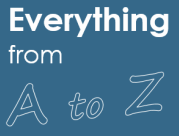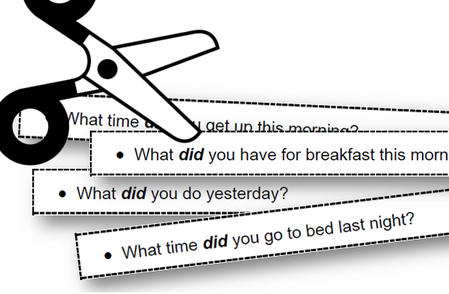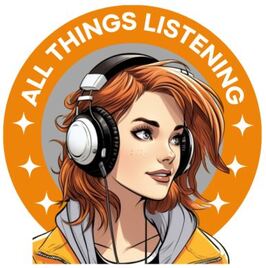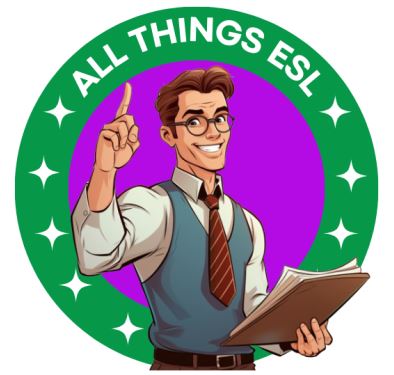by Robert Dobie, M.Ed./TESOL
Question strips are a simple and easy way to get ESL learners up and communicating with their classmates. Here are four ways to get more mileage out of them. Three ideas below are already to be found on the 'Activity Notes' page of each uploaded '16 Question Strips' PDF file. One additional idea is new.
Used as 'Standing Activities'
1. 'Classic' Question Strip Activity
- Have all your students stand up.
- Give one question strip to each student.
- Students find a partner and ask their question. Encourage follow-up questions.
- After the students have asked each other their questions, have them exchange question strips and find new partners and continue.
- Set a time frame as above. Monitor and assist.
2. 'Memorization' Activity
- This activity runs exactly the same as in the above ‘Standing Activity 1’ except that students first have about a minute to memorize their question (before placing it in their pocket – it can be used as a prompt if needed).
- After each short conversation, students ‘mentally exchange’ their questions – they must help each other memorize their new questions before setting of to find a new partner. Don't worry if the wording they come up with isn't exactly the same as on the strip - paraphrasing while keeping the meaning intact is a normal, often used and useful skill in any language.
- This activity version is a little challenging, but also lots of fun – and it’s great to see all the learning that takes place!
- Set a time frame as above. Monitor and assist.
Used as 'Seated Activities'
3. 'Pick-n-Talk' Activity
- Have your students seated in pairs or in groups of three.
- Lay the sixteen cut-up questions – face-down – between the students.
- Students take turns randomly selecting questions to ask their partner(s).
- Encourage follow-up questions.
- Be sure to set a time frame for your students (try starting with 10 – 15 minutes for 16 questions; you may want to adjust this in later classes). Monitor and assist.
4. 'Vote-For-It' Activity
- Have your students seated in pairs or in groups of three.
- Lay the sixteen cut-up questions – face-up – between the students.
- Students read the questions aloud (in any order) and discuss (and vote) which 3 or 4 questions are the most interesting. Once they have chosen their questions (set a time limit of about 10 minutes), they can stand and write the questions on the board.
- Some of the later groups to write on the board may have come up with one or two same questions - if so, they can write fewer questions on the board.
- After all the groups have written their questions on the board, your students can begin to discuss the questions (those on the board) seated in their groups.
- An additional discussion opportunity (especially between the groups of students) arises near the end of the activity when you ask your learners why they thought some questions were more interesting than others.
- Another advantage of this activity is that it is partly 'owned' by the students, so they tend to be more interested and actively involved in the discussion.
You can find dozens of the '16 Question Strips' activities throughout this website (as well as on my other site www.allthingstopics.com)







